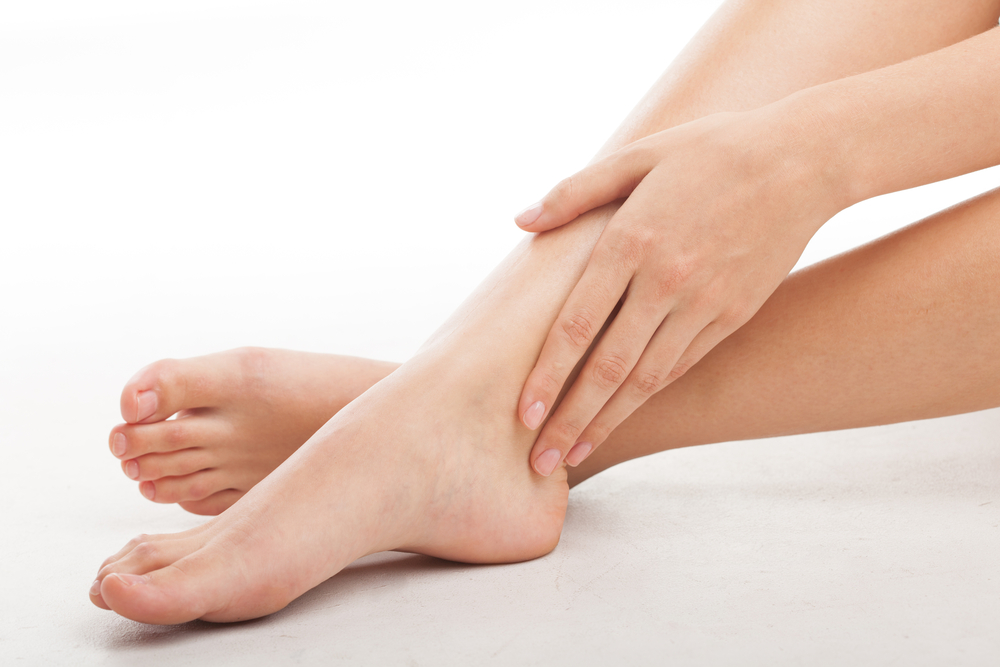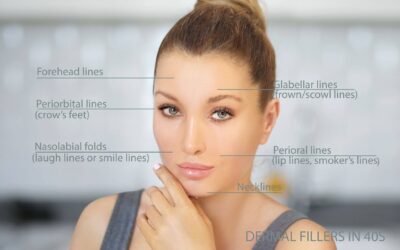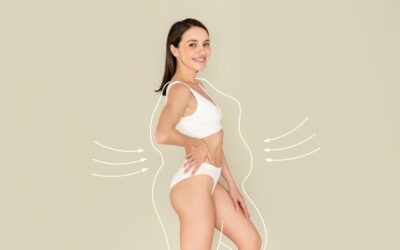The sight of varicose veins can be more than a cosmetic concern; it can affect confidence and even lead to physical discomfort. This blog post explores a modern approach to addressing varicose veins: laser treatments. If you or someone you know is considering this form of therapy, it’s vital to understand the procedure, its effects, and what you can expect on your journey to healthier veins.
Introduction
Varicose veins are a widespread vascular issue, with over a quarter of adults facing the condition. They often appear as bulging, twisted veins on the legs, signaling a problem with blood flow, particularly in the superficial leg veins. While varicose veins may be hereditary, they can also develop due to lifestyle and occupational factors. In severe cases, they cause cramping, swelling, and aching legs, leading many to explore treatment options.
Causes and Symptoms of Varicose Veins
Varicose veins can occur due to age, pregnancy, sitting or standing for extended periods, and obesity. The valves in your veins may become weak or damaged, causing blood to pool in the vein and lead to swelling and discomfort. Symptoms include visible, dark blue or purple veins, throbbing or cramping in the legs, aching, and a heavy or uncomfortable feeling in the legs.
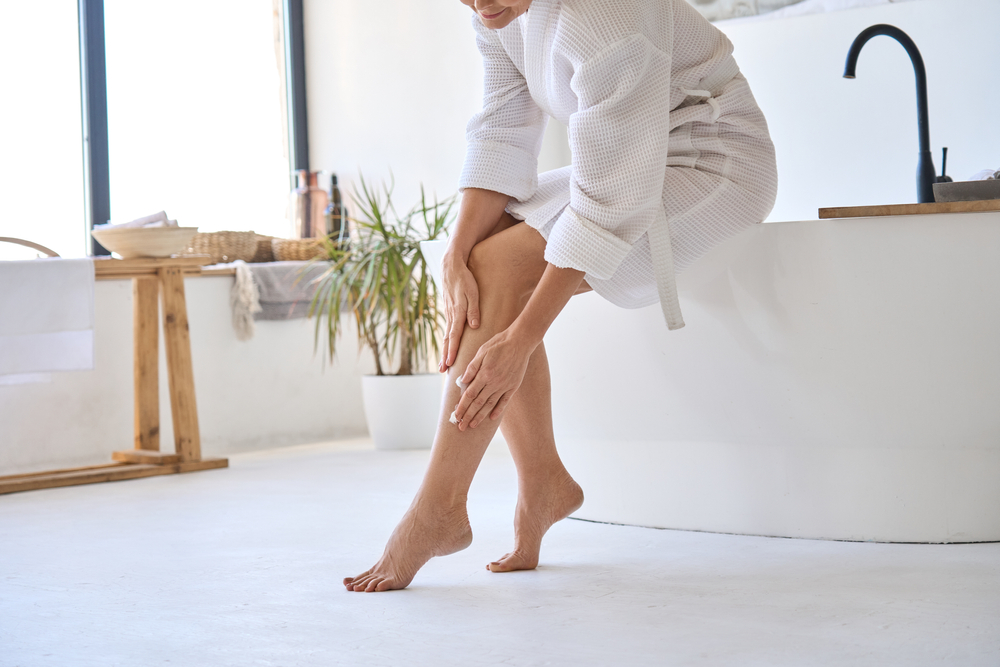
Overview of Laser Treatments
Laser treatment for varicose veins, also known as endovenous laser therapy (EVLT), is a minimally invasive procedure that uses laser energy to cauterize and close abnormally enlarging veins in your legs. The procedure aims to redirect blood flow to healthy veins, eventually causing the collapsed vein to be reabsorbed into local tissue and disappear. It’s considered a relatively painless alternative to surgical stripping of varicose veins, with a shorter recovery time and less scarring.
Benefits and Advantages
Laser therapy offers several benefits, including:
- High success rates
- Minimally invasive
- Fewer complications compared to traditional surgery
- Performed on an outpatient basis
- Minimal scarring
- Rapid recovery
What to Expect During the Procedure
Before your laser treatment, you’ll typically receive local anesthesia to numb the leg. The doctor will then insert a tiny laser fiber into the vein through a small entry point. As the laser is activated, the fiber is gradually withdrawn, treating the entire length of the vein. The process is monitored through ultrasound imaging, ensuring precise treatment and minimal discomfort.
Effectiveness of Laser Treatments
Endovenous laser treatment has shown high success rates in closing varicose veins, ranging from 90% to 95%. Factors influencing success include the size and location of the affected vein, as well as the patient’s overall health and adherence to post-procedure care.
Factors Affecting Effectiveness
The effectiveness of laser therapy can be influenced by:
- The patient’s anatomy
- The severity of the varicose veins
- Compliance with post-treatment care measures
- The experience of the medical team
Recovery and Aftercare
Following the procedure, patients are usually encouraged to walk immediately and resume most normal activities. Compression stockings may also be recommended to help with healing and support the leg. Mild discomfort and bruising are common but should subside within a few days. Vigorous physical activities, hot baths, and prolonged sitting or standing should be avoided for the first week after treatment.
Expected Downtime and Results
Most patients can return to work the following day with minimal downtime. The treated veins will gradually fade and disappear over several months, and some may require multiple sessions for complete resolution. Close follow-up with your doctor is crucial to assess progress and ensure optimal recovery.
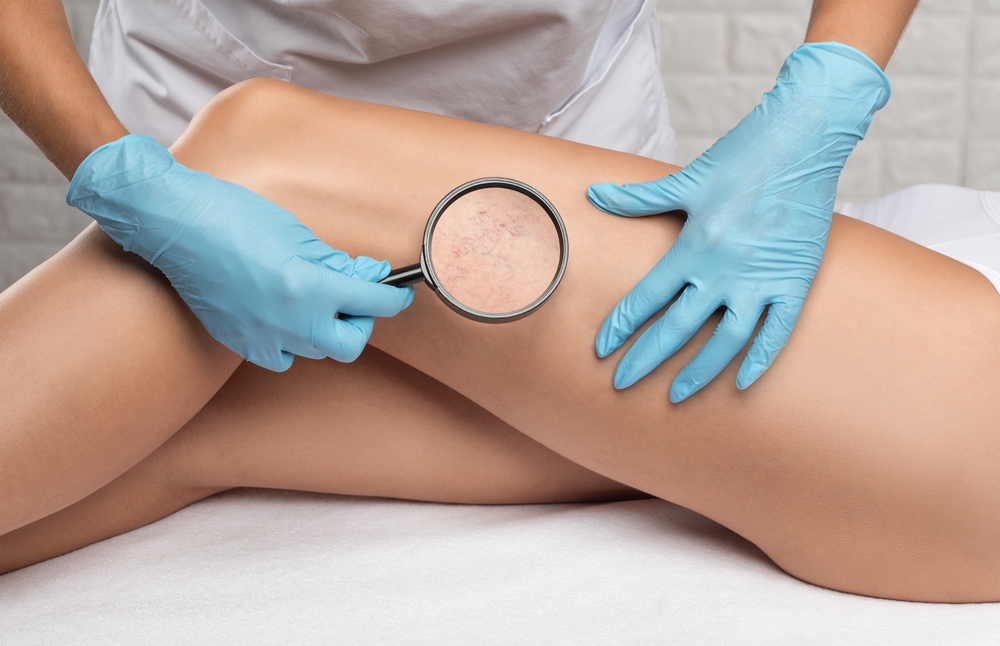
Comparing Laser Treatments with Other Options
In contrast to other treatment options, such as sclerotherapy or surgical procedures, laser treatments offer the benefit of being minimally invasive with a lower risk of complications. Your physician can provide a comprehensive evaluation and recommend the best treatment based on your condition.
Conclusion
Laser treatments for varicose veins are a modern, effective, and patient-friendly approach to managing this common venous issue. If you’re considering treatment for varicose veins, understanding the process and what to expect is the first step toward making an informed decision for your vascular health. With high success rates and minimal recovery, laser therapy can be a ray of hope for anyone looking to rid their legs of varicose veins.
For personalized guidance and to explore the best treatment options, we encourage you to book a consultation with a vascular specialist at Oceanside Medical. Don’t let varicose veins hinder your quality of life; take the first step towards healthier legs today!

